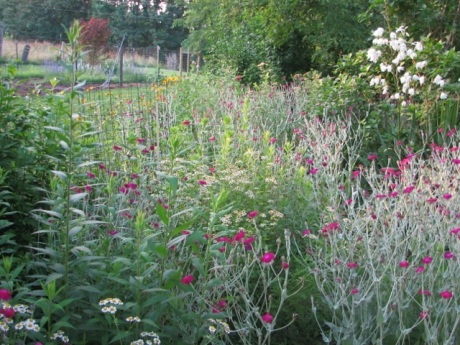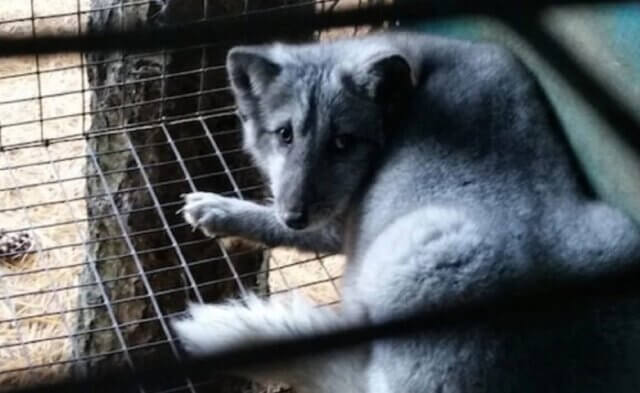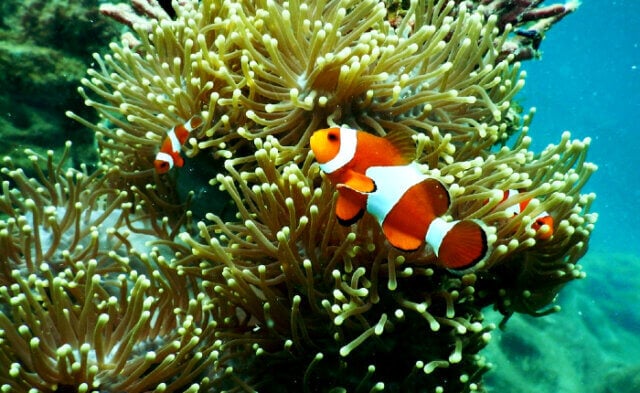This is part two of a three-part series on gardening.
Of course, it goes without saying, do not use pesticides in your garden! Use a variety of plants, and you will attract your own pest control. If something is eating your favorite specimen and you have a variety of flowers in your beds and a little patience and tolerance, you’ll find something else will be along to eat the offending creature sooner or later.
Sometimes, we need to practice radical tolerance. And those pesticides can have very misleading labels. Take, for instance, the awful Japanese beetles. They have very few predators, and no amount of assassin bugs can control them. So I went online to find something to kill them. I thought maybe just a teensy bit of poison wouldn’t do too much harm.
I ended up buying a cheerful-looking product called Bayer Tree & Shrub Protect & Feed. The beetles had eaten every last bit of foliage on every single sassafras tree on my property and devastated the St. John’s wort. So if I applied this product, that would take care of it, right?
My Columbine patch, a hummingbird favorite.
After I looked closely at the ingredients on the label—so tiny that I had to use a magnifying glass to read it—I realized that this was a systemic poison containing neonicotinoids. Not only would this product wipe out the Japanese beetles, it would also kill the butterflies, bees, and other insects I was trying to provide a habitat for. That turned out to be a no-brainer, and the poison got sent back to Amazon.
I researched other ways to control Japanese beetles. Some swear by using milky spore. Another way is to knock the beetles into tubs of soapy water early in the morning or evening when they’re sleepy. Mostly, though, they simply overwhelmed me, so finally, I just declared a truce with the little suckers, and we’ll see how it goes this year. Hopefully, the milky spore I put down last year will help.
Here is my Virginia Sweetspire (Itea). By the afternoon, it’s covered in butterflies and bees. It’s a fantastic alternative to the highly invasive butterfly bush.
Frogs are very important to the landscape, not least of all to help with insect control. Obviously, if you want to attract them, you’ll need to provide them with an adequate watery habitat, such as a pond. There are a lot of frogs around my property because I am fortunate to have a creek in my woods, and there is a marshy area just down the road from me that floods frequently. In the springtime, I get to enjoy the spring peeper concert on a nightly basis. Providing water for birds and insects is a simple matter of maintaining a birdbath. You can place dishes filled with water in your beds for creatures on the ground. I like to place rocks in them because it gives the smaller creatures a place to land and sip from. Since I don’t want to create a mosquito breeding ground, I change the water every other day.
Here is the view from my house downstairs. This meadow has pink bergamot, red bee balm, blackeyed susans, chamomile, and those hot pink flowers are rose campions. This used to be a big weedy viney mess; it took a couple of years to pull out the poison ivy and get this little meadow started.
When it comes to invasive plants, sometimes no amount of backbreaking pulling, cutting, smothering, etc. will help. Only then do I break out the “big guns.” If a tree of heaven pops up on your property and you try to destroy it with your bare hands, it will thank you for the nice pruning and come back with friends. Since this is a highly invasive plant that is threatening our ecosystem, use of the appropriate herbicide is warranted as a last resort. Do not ever use herbicides before fully understanding what is in them, how they work, and how they should be applied. If you have access to an extension office with a conscientious agent, consult there first.
Written by Jasmin Ponti








